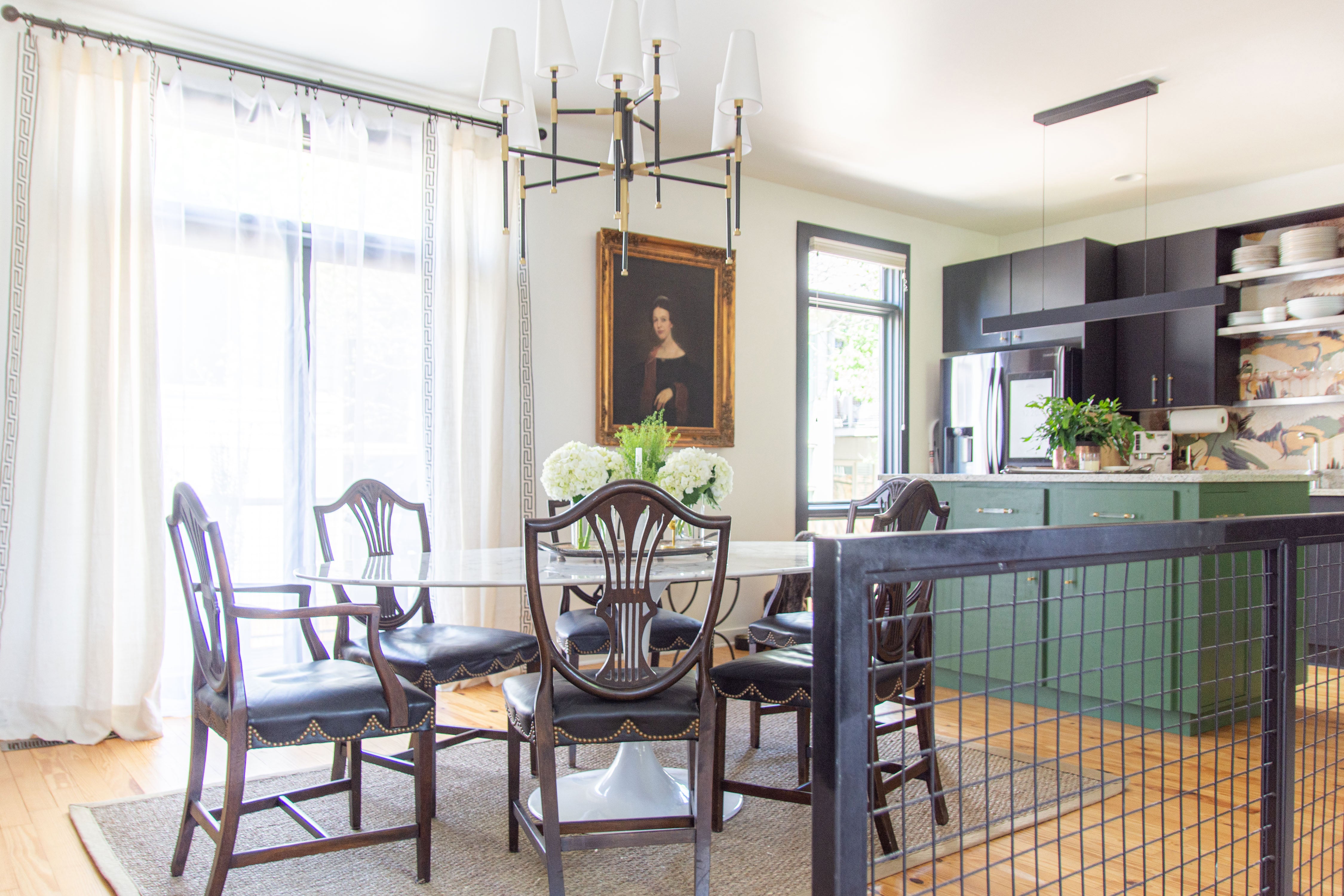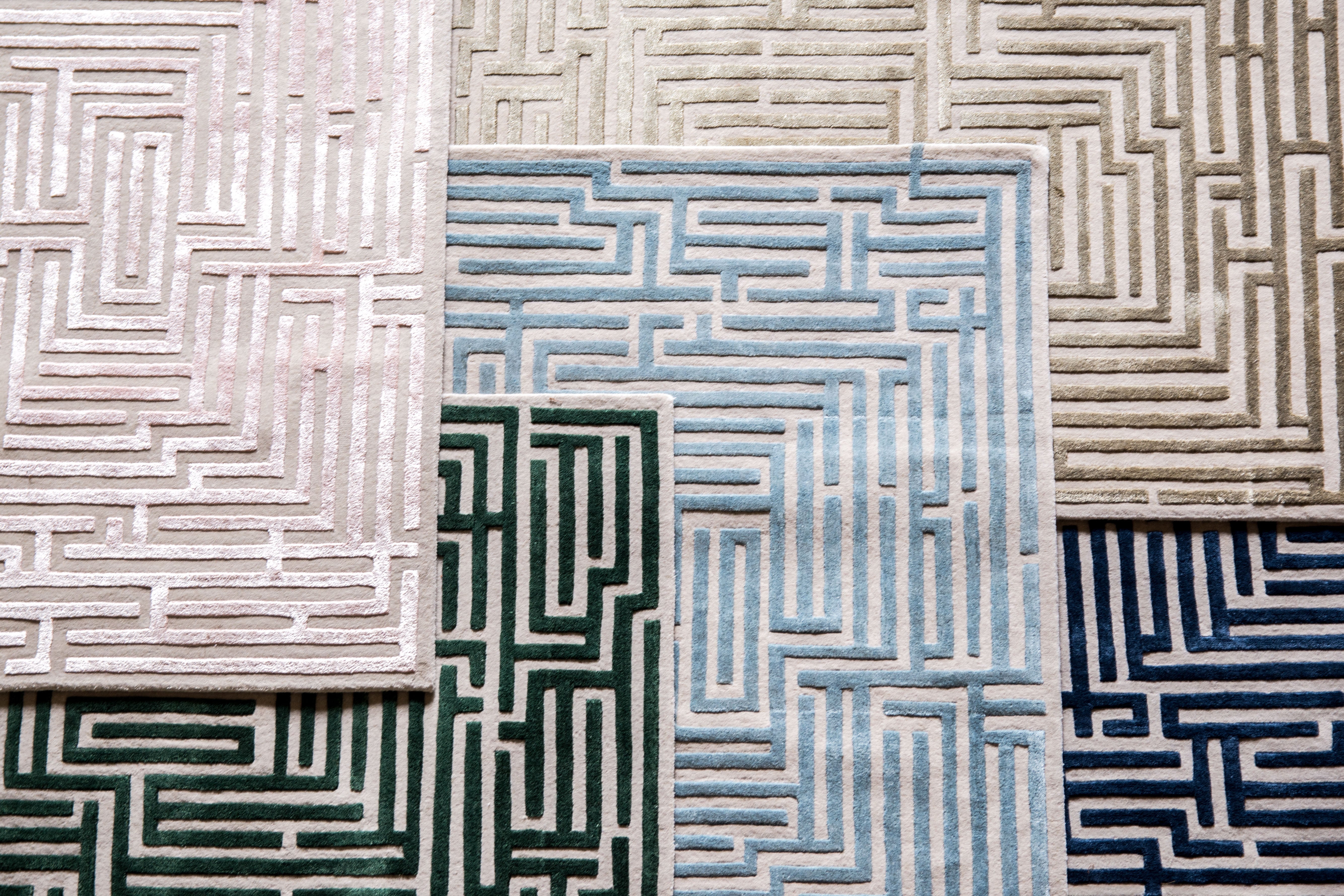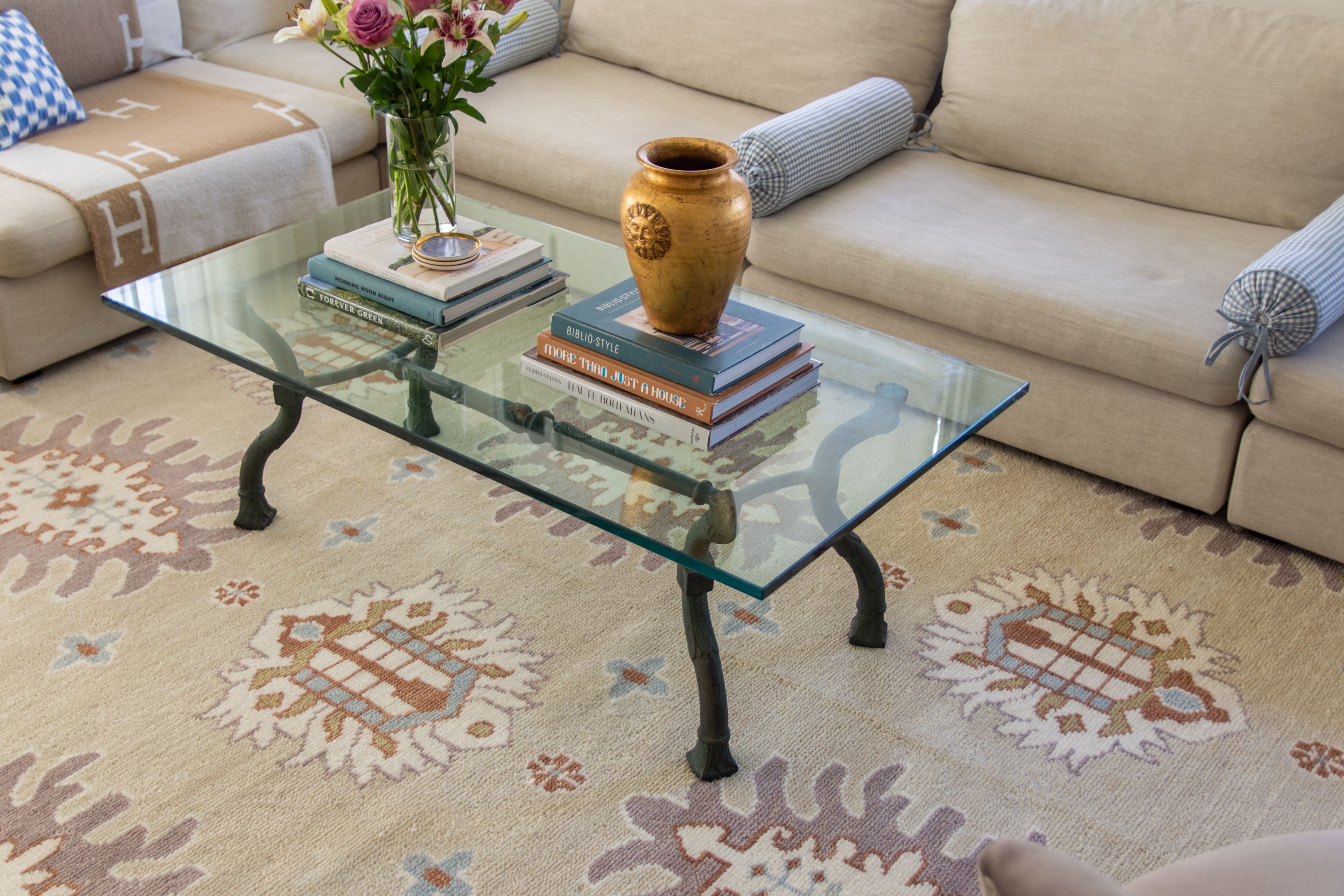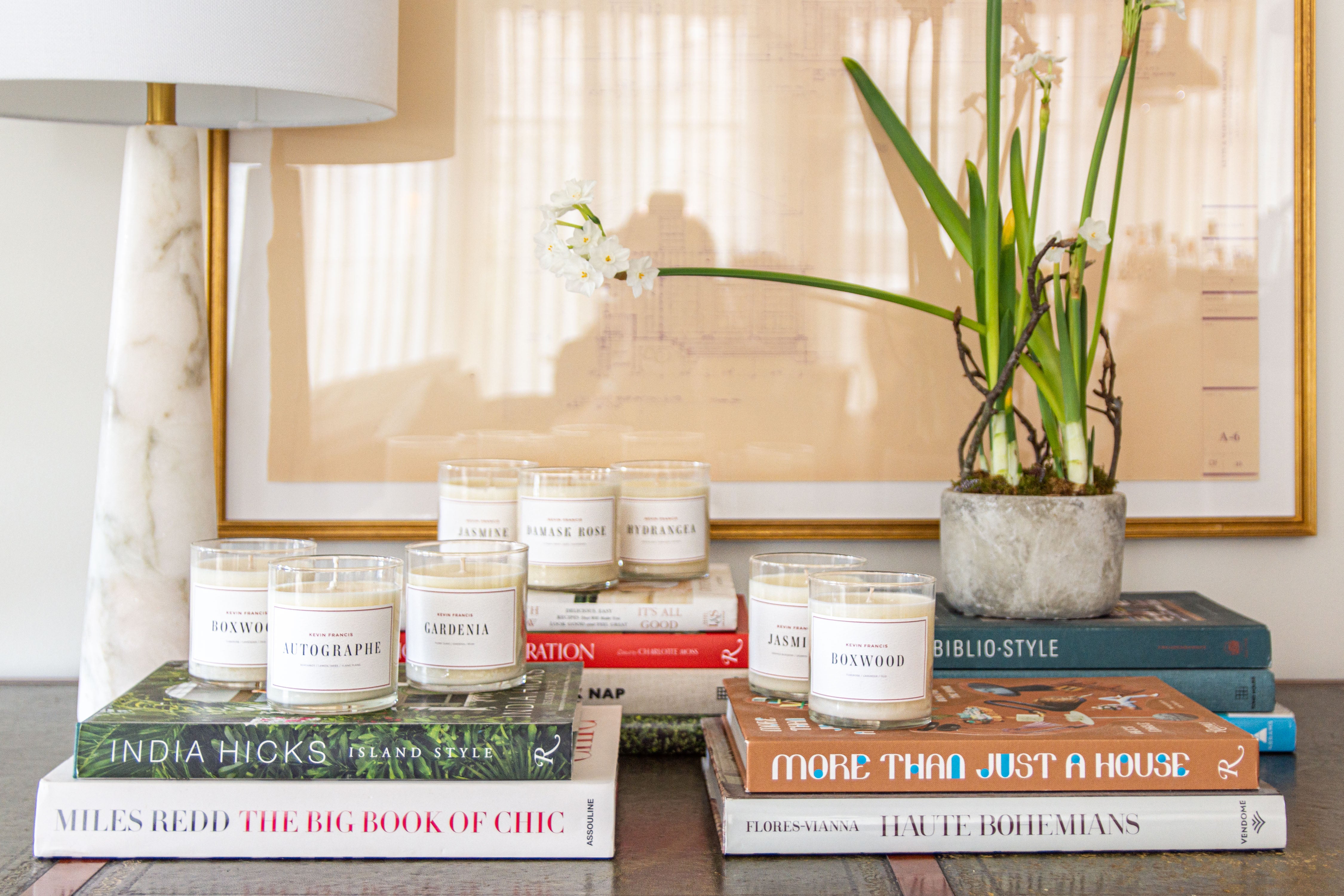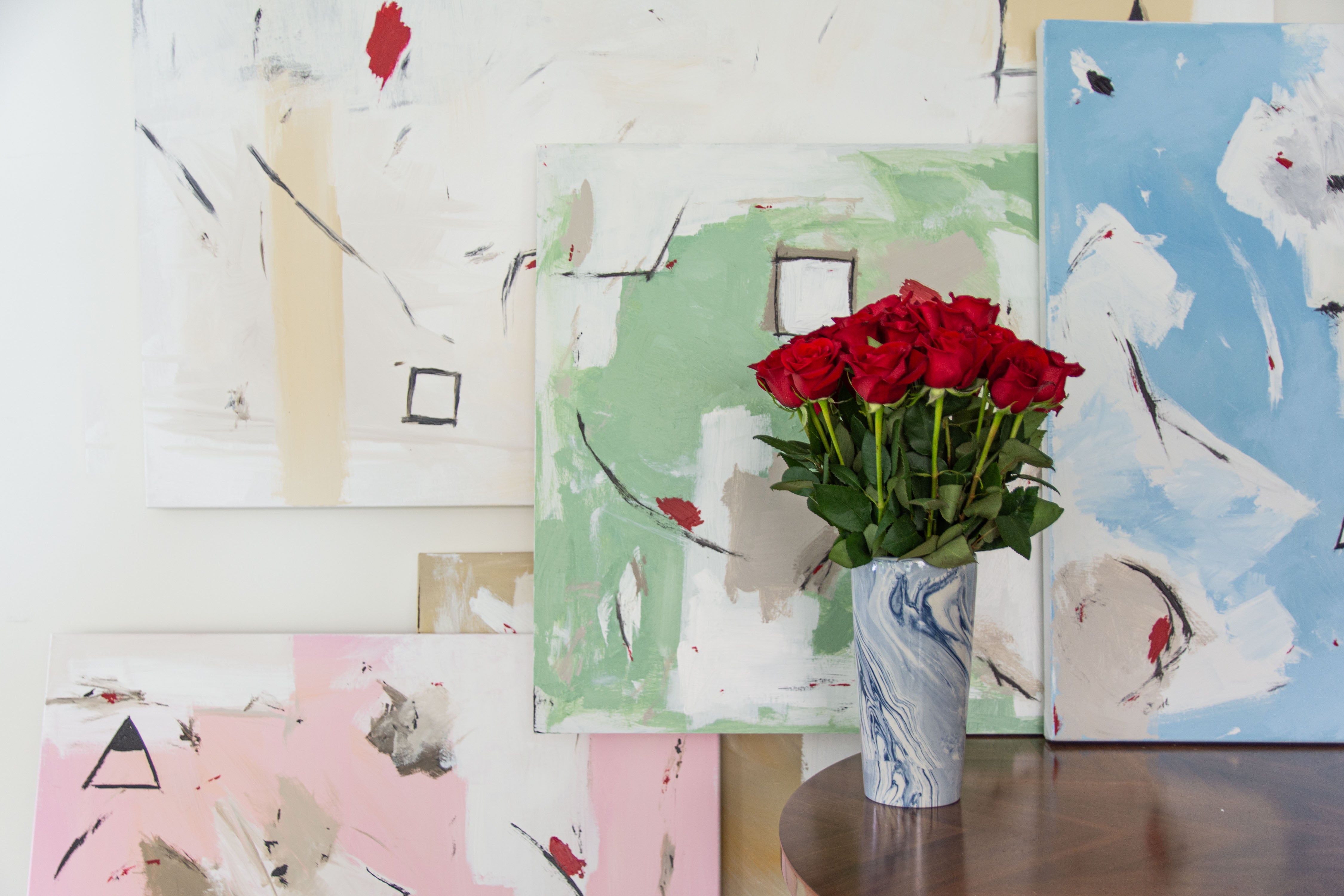Blockchain Technology: Revolutionizing Supply Chains in Interior Design
Application of blockchain in different sectors has brought about innovation in the areas of accountability, security and speed. The interior design industry, which has always been based on a rather convoluted supply chain and multiple participants, is gradually starting to understand the possibilities of blockchain. This article focuses on how blockchain is disrupting the supply chain in interior design, how it guarantees the origins and quality of the materials and some examples of firms at the forefront of this change.
The Complex Supply Chain in Interior Design
Interior design works need a long list of products that can be brought in from different countries, for example, furniture and fabrics artworks and even green products. The supply chain of these materials is however conventional and fragmented hence the source and quality of the products cannot be easily determined. These incorporate fake products, the sustainability issue and the lack of information, which are a threat to the design process. Moreover, the tracking of such items does not only involve the primary recipient, but may also involve several other people. Therefore, tracking of such items is quite a complex process which may involve several middlemen. As unpredictable as the current price of Solana in dollars which can be affected by the above complications, so is the interior design supply chain which can also be affected by these complications, stressing the need for a better and more efficient system.
Blockchain Technology
The current subsequent challenges can be solved by blockchain technology, a decentralized ledger system. Blockchain can help in the process of tracking the movement of materials from the point of origin to the consumer because it generates a clear and unchangeable history of transactions. Every operation is written into the ‘block’ and successively connected into the ‘chain’ so that all records are verified and cannot be changed. This is most useful in tracking the origin of valuable and specific merchandise used in interior design.
Ensuring Authenticity and Provenance
One more benefit of applying blockchain in interior design is that it can contribute to the proof of the origin of the used materials. For example, when a designer has used Italian marble or Indian fabrics, then the blockchain can map out a trail from the source where a designer has bought them to the label that the designer is selling the product under. This also eliminates the chances of the work being plagiarized and the customer is rest assured of the ethical means used to acquire the material.
Oftentimes, luxury interior design is based on the use of individual pieces of furniture and accessories of the highest quality for which it is crucial to provide the original. Through the use of blockchain, every piece of product is verifiable and that entails that there is no room for the production of fake products. For instance, a blockchain record can prove that a certain piece of antique furniture is an original piece from the specified period and not a replica, hence the value and integrity of the design is preserved.
Enhancing Transparency and Trust
It is through the application of blockchain that interior designers, clients and suppliers will be able to build trust. Every transaction and material movement is documented on the public ledger, clients can have the assurance of the materials’ source and quality in their projects. This is especially so in an industry that deals with a lot of people and relies on trust and the company’s reputation.
Also, blockchain can be applied to the whole procurement process workflow. This enables the designers to easily check on the authenticity of materials and their quality from the suppliers without having to rely on the information that the suppliers may have provided which may be more or less accurate. This efficiency not only saves time but also cuts costs since there will be no need to engage other parties to verify the work done.
Overcoming Challenges and Moving Forward
Although there are advantages to using blockchain in the interior design supply chain there are some limitations that hinder its implementation. A major disadvantage is the question of how to introduce blockchain architectures and the related costs. Thus, small and medium-sized enterprises would be unable to invest in the technology as there is no clear way of gaining short-term profits from it.
But as more and more people come to know about the uses of blockchain and its functionalities, the cost is expected to decline. Further, collaborations between tech companies and design firms can enhance the development of blockchain technologies that are simpler and more applicable to the interior design industry.
Future Prospects
As for the future of blockchain in interior design, it seems to be bright. More organizations adopting this technology will probably result in increased open-door and eco-friendly policies in the future. Blockchain technology can also introduce new models of operations, for example, direct selling of designer products with a trackable history or a social marketplace where designers and craftsmen can present their works with the guarantee of originality.
Also, blockchain can be combined with other innovative technologies like IoT and AI to establish even more effective and clear supply chains. For instance, IoT can be used in updating the blockchain information as materials flow through the supply chain while AI can be applied in analyzing the information that is in the blockchain to make predictions on trends and how to best approach procurement.






